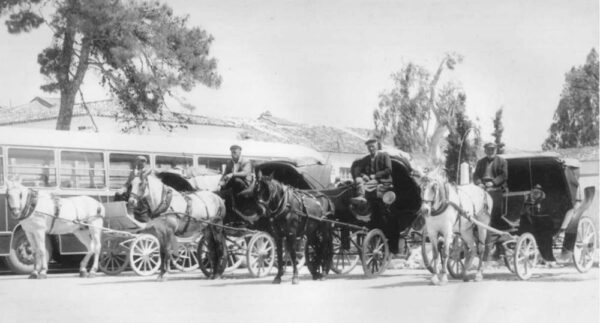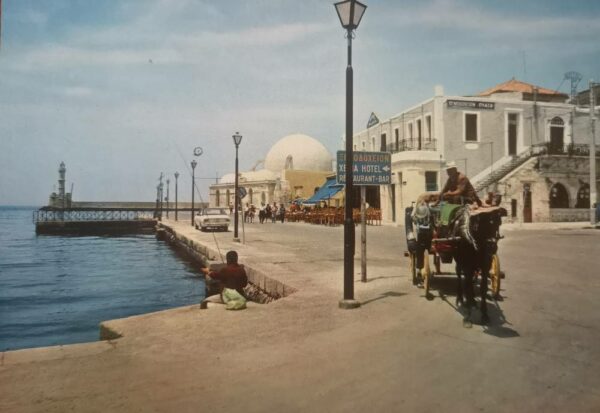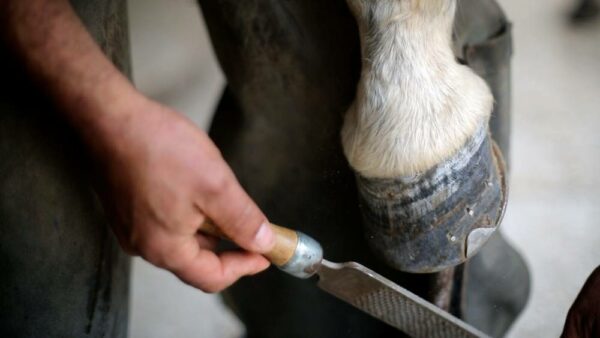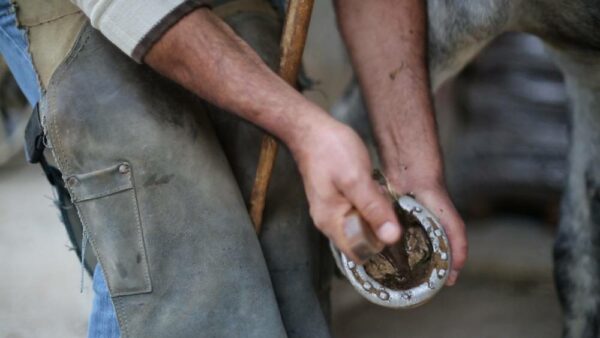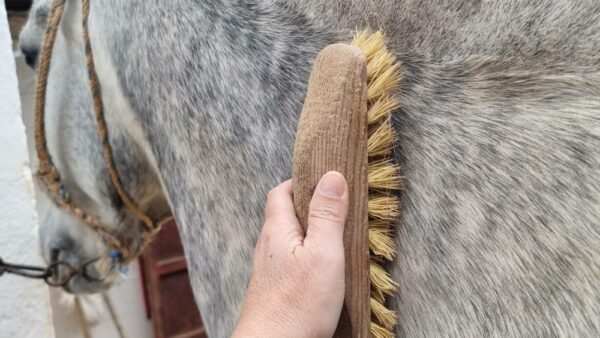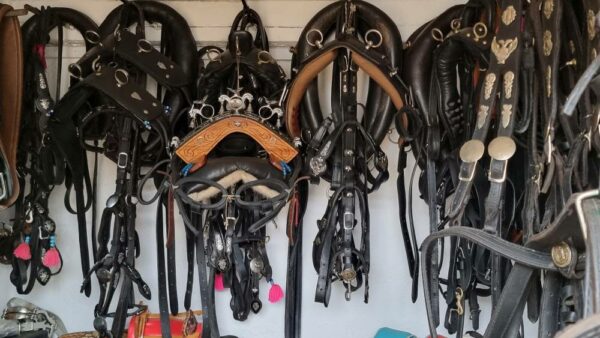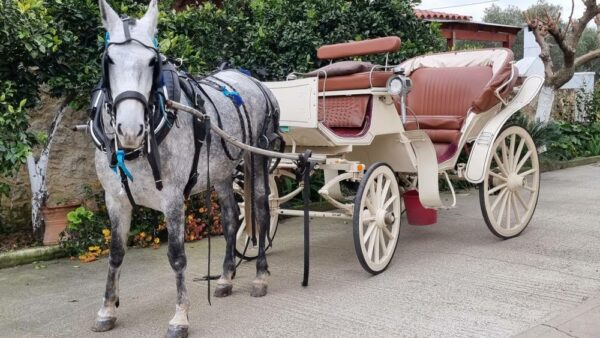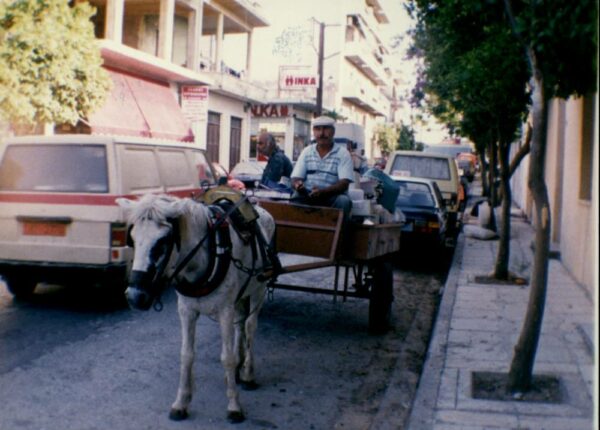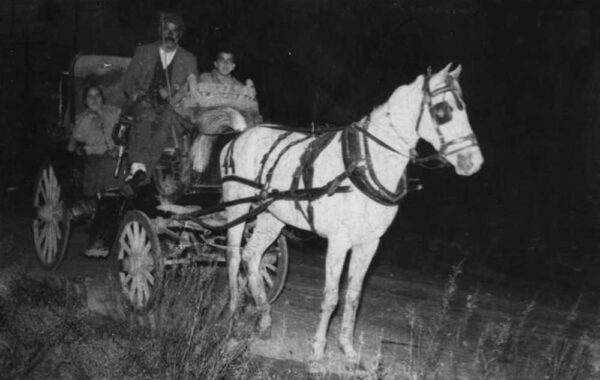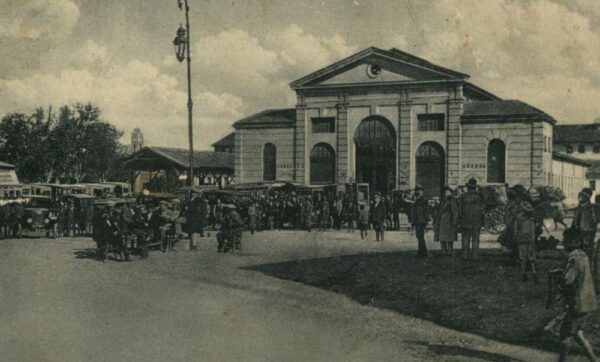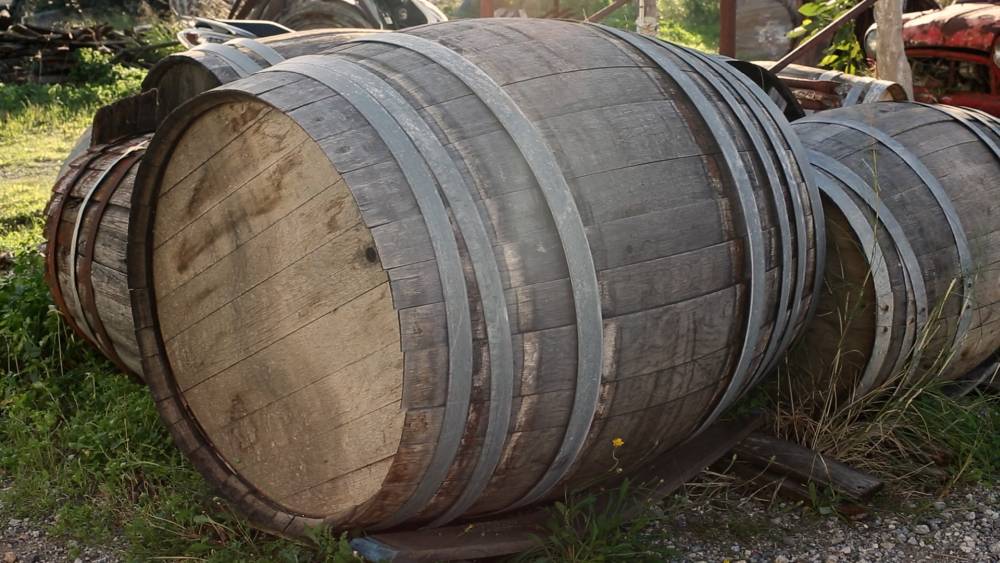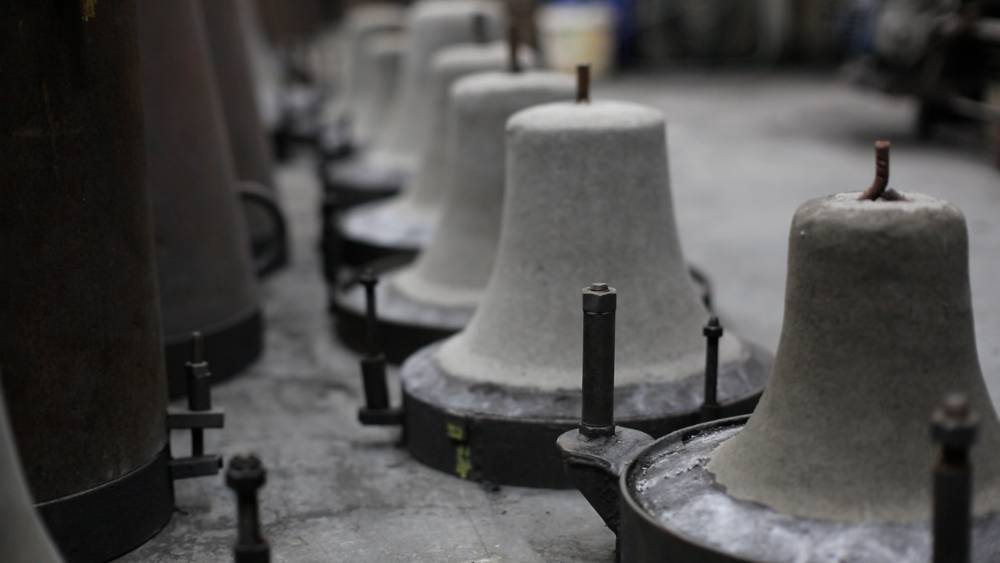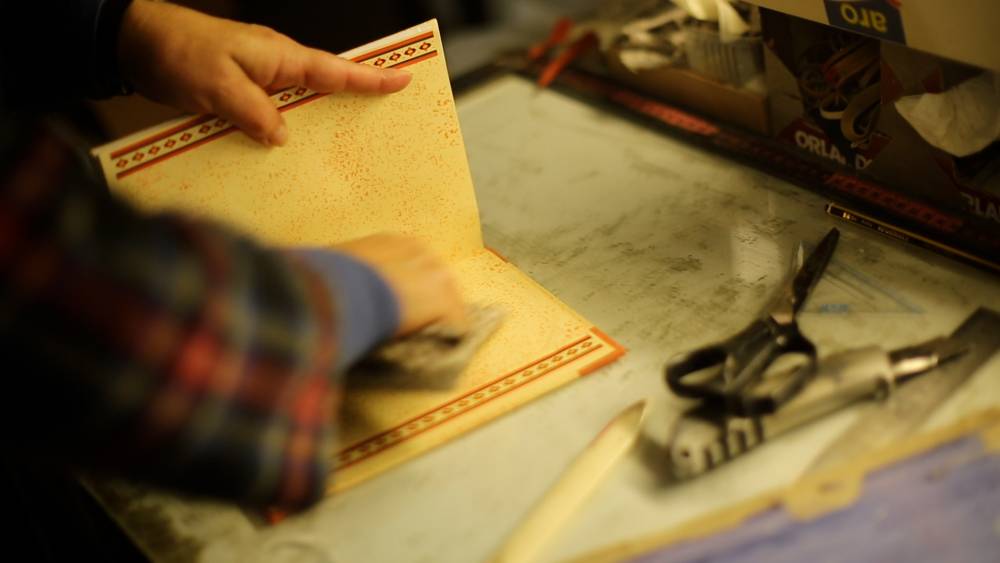Description
The invention of the carriage coincides with the invention of the wheel, which was invented by the Egyptians. In the past, before the advent of the car, people were transported by animals and carriages. The transport of products, usually stored in barrels and sacks and also stones, wood, iron and tiles, was done by carts.
The carriage was a four-wheeled car pulled by a horse and used to transport people. “Sousta” was a two-wheeled cart, with which the romantics of the time took their rides. The carriage was found in specific parts of the city but usually in the central squares. In Chania the most famous square at that time was the Agora Market. There the carriages waited patiently for the people to finish with their shopping in order to carry them back home.
The coachman, kept in a cupboard under his seat, a wet sponge to wet the horse’s head and a straw hat for the summer, horse-shoes, files, scrapers and more. He also had a broom, a dustpan and a sack, which which he cleaned the horse’s feces. The horse was always groomed and taken care of. The work of the coachman was not easy. The horse and the carriage needed constant care and maintenance.
The coachman had a great responsibility, because he transported people. The horses had to be trained, to interact smoothly with the traffic, with the other carriages but also with the crowd. After the appearance of cars in the cities, the carriages of the Agora square were transferred to the Venetian harbor of Chania.

